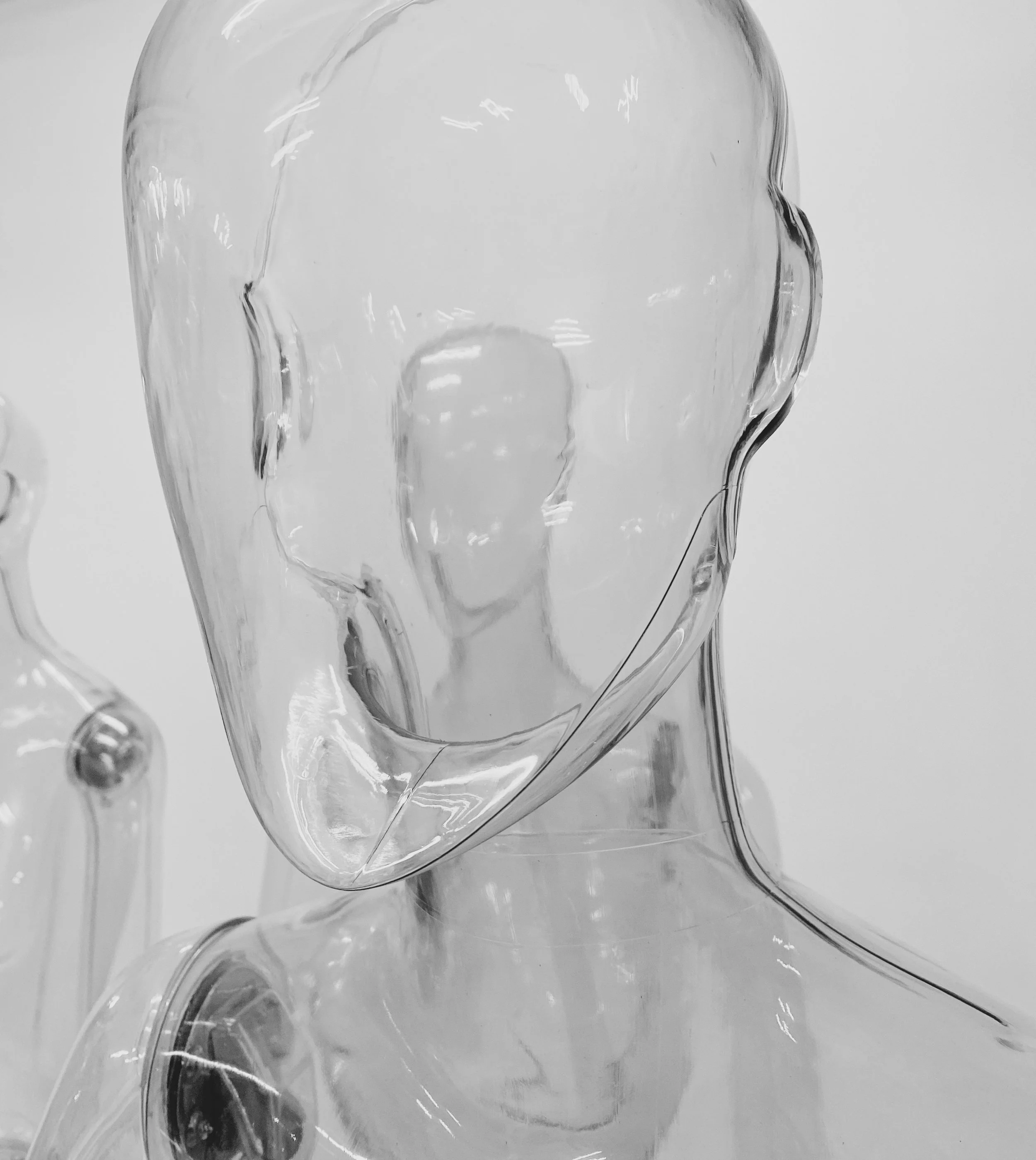The Burnout Loop
When stress feels safer than stillness.
Written by Emma Nagle, LCSW | April 8, 2025
If you’re a New Yorker or a high-performing professional, burnout might feel like a default setting. You’re used to pushing through long days, jumping from meeting to meeting, squeezing in workouts, social events, working while you eat, deadlines—and somehow, still feeling behind.
But burnout isn’t just being tired. It’s your nervous system waving the white flag while also establishing a vicious cycle.
Many of my clients describe the same cycle: they finally take a break, only to find themselves anxious, restless, or making impulsive choices they later regret. They book a weekend off and immediately fill it with social plans or long overdue chores. They try to relax, but end up doom-scrolling, working late, or obsessively checking their inbox. Substance use is a common technique for the chronically stressed to “unwind.”
Jeopardizing your free time isn’t self-sabotage—it’s your nervous system mistaking rest for danger.
When your body has adapted to constant stress, stillness can feel unfamiliar—sometimes even threatening. This is a state where burnout, a form of exhaustion caused by prolonged stress, leads to individuals feeling like a shadow or a shell of their former self - drained of vitality and joy.
When you are this drained, finding the motivation to make healthy choices to get out of the stress cycle might feel nearly impossible.
Consider the following questions:
Even though you feel drained, is there a part of you that’s more comfortable in chaos than in calm?
Is this part unclear on who you are without being busy, needed, or productive?
Does this part panic when things slow down, and unconsciously create stress to get back to what feels “normal?”
Is this part fixated on what’s coming next and is it louder than the part that is begging for a break?
If you’ve spent years running on adrenaline, your nervous system wires itself around urgency. When things finally get quiet, your brain might send out an internal alarm: Something’s wrong. This is too quiet. Too still. Too unsafe. You may find yourself resisting rest.
Why does this happen?
High levels of stress lead to surges of dopamine, triggered by a sense of urgency, survival and staying ahead. Resting equates to low levels of dopamine, often leading to feelings of boredom and emotional discomfort.
New York City is known as the “city that never sleeps.” New York is also a city that rewards the hustle culture and overworking becomes a form of identity. The dopamine hits of deadlines, crises, and constant movement keep us going.
If you’ve experienced trauma, instability, or constant performance pressure, your brain may not associate safety with peace—but instead, with doing, fixing, and staying on guard. Some may consciously fear how trauma will rise up if they actively slow themselves or their lives down.
How can we begin to heal?
You may want off the rollercoaster ride, but you can’t white-knuckle your way into rest. You have to teach your nervous system that stillness is safe.
Here are some tips on how to do just that:
Start with micro-rest
Begin with 30 seconds of stillness. Let your body get used to the idea of not being “on.” You can gradually build on this.
Add gentle stimulation
Stillness doesn’t have to be silence. Try rhythmic breathing, rocking, soft music, or background noise that soothes instead of overstimulates (i.e. nature sounds, lo-fi music, binaural beats, classical music).
Find dopamine through safe novelty
Instead of chaos, engage in small, low-stakes pleasures: new music, trying a scenic route home, creative hobbies and activities (i.e. at-home pottery kits, fantasy novels), or solo dates.
Get curious, not critical
Ask yourself: What has stress been giving me? What is its function? Control? Identity? Validation? Then explore new ways to meet those needs—without burning yourself out.
Your nervous system deserves to know that peace isn’t dangerous, and your worth isn’t measured by how much you do (looking at you, New Yorkers). Burnout recovery isn’t just about doing less—it’s about learning how to feel safe in stillness. Talk to your therapist further about how to take steps to recover from the burnout loop.

